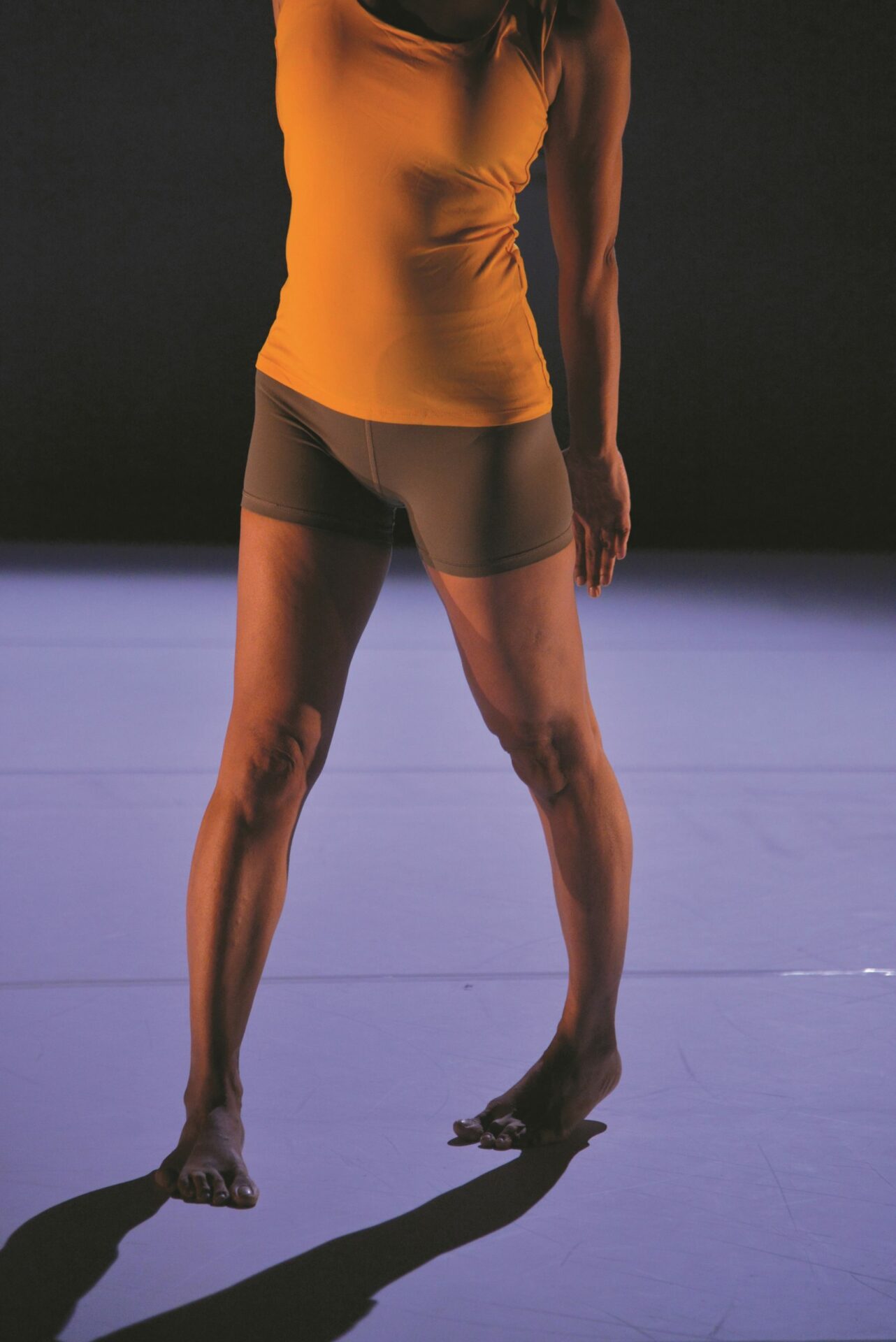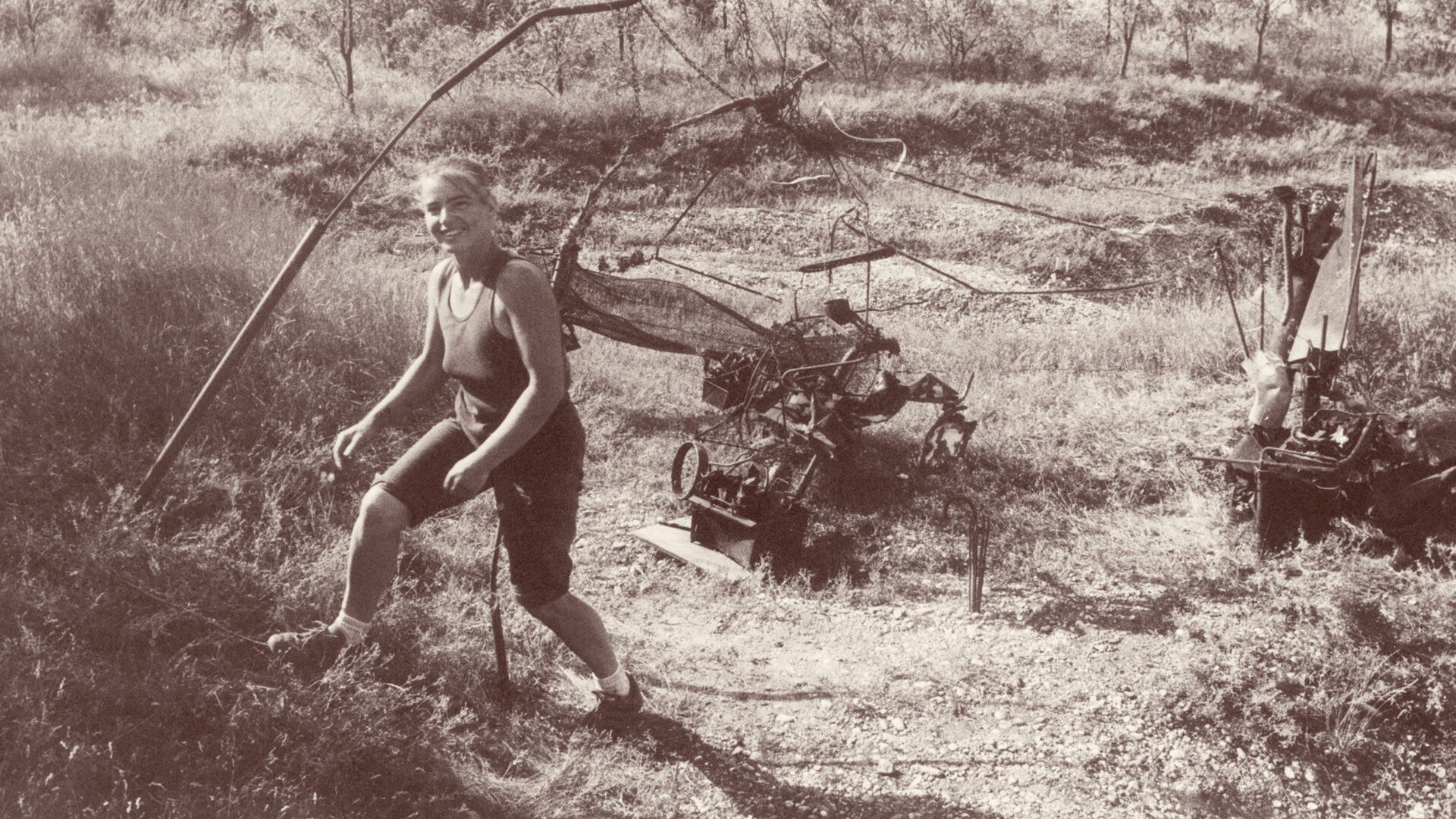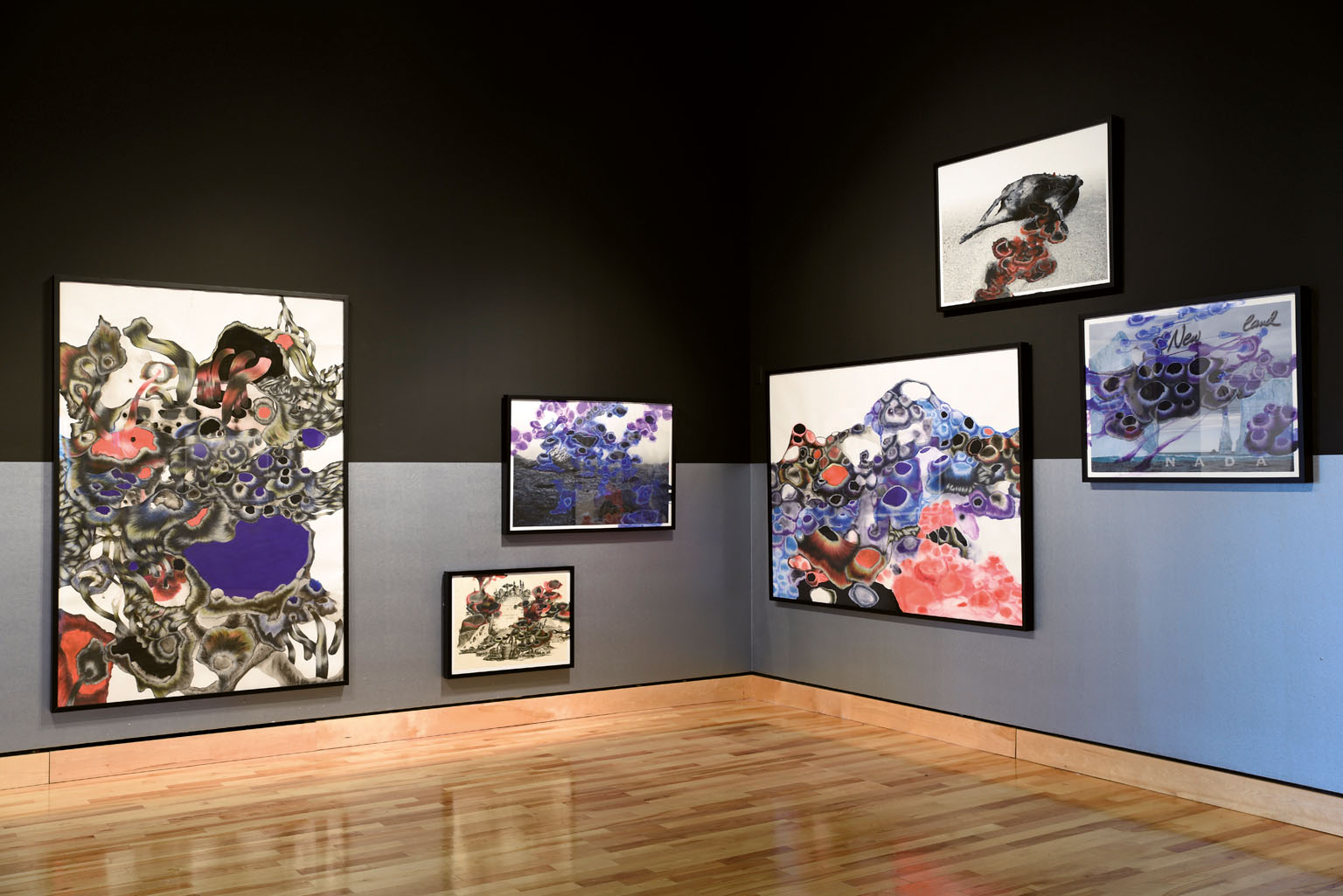Padmini Chettur
Philosophical Enactments 1

Photos : Greg Wong, courtesy of the artist

Philosophical Enactments 1,performance, 2019.
Photos : Greg Wong, courtesy of the artist
[En anglais] Padmini Chettur’s Philosophical Enactments 1 is rotational. While the work’s title suggests a starting point in a series, its choreographic logic is circular rather than linear. The piece begins with a ticking metronome and a recording of Chettur conversing with collaborators. The first words we hear, “I also think,” assert that this entry point is not a beginning. We are mid-exchange, and both thought and discourse flow circuitously.
Chettur’s choreography moves with subtle precision. Slow, sustained, and deliberate, the dancer’s articulations fold and unfold, leading her body in ongoing rotation. Pronating, supinating, flexing, unfurling, Chettur activates multiple axes of her anatomy, while slowly, consistently, turning about the vertical axis of her own uprightness. A recorded voice seems to describe the motion, “a body of spirals, speaking, speaking, to itself.” These words form part of a script, developed with writer Aveek Sen, which we hear throughout. It is allusive and sonorous, and in a work where the audience’s attentive faculties are tested with many-layered material, the text effectively employs literary techniques to foreground fragments of texture and meaning. The assonance/consonance of the repeated words, “break the embrace, return the urn, learn, unlearn, reverse the turn,” not only highlights their affinity with Chettur’s choreography, but also amplifies their vibrational quality. The text also integrates the line “the centre cannot hold” from William Butler Yeats’s “The Second Coming” (1919). Again, even with so much to attend to, most audience members would snap to recognition at this frequently cited phrase.
Créez-vous un compte gratuit ou connectez-vous pour lire la rubrique complète !
Mon Compte



